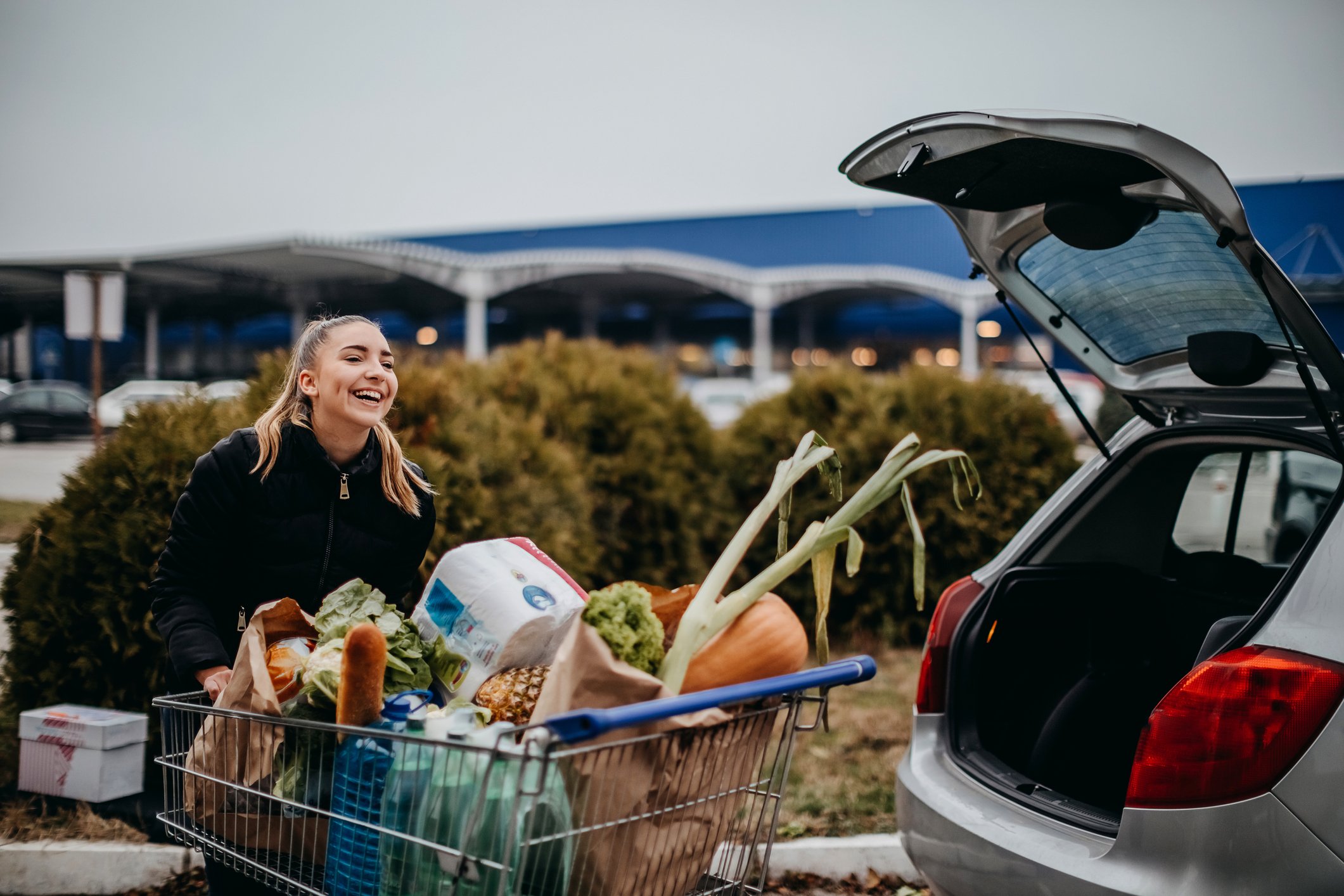Amazon (AMZN +0.26%) dipped another toe into the healthcare business last month, debuting a program for its employees called Amazon Care. The company hasn't spoken of any plans to expand it to the consumer market yet -- indeed, so far, only its Seattle employees and their families are eligible to sign up for the pilot program, which it describes as "a mobile application that allows you to access virtual and in-person healthcare service."
Nor it is part of Haven, Amazon's healthcare joint venture with Berkshire Hathaway and JPMorgan Chase. However, it's logical to assume that if the program proves successful within the company's walls, it will eventually be offered to the public.
Now, Walmart (WMT 1.49%) is following its retail rival into the healthcare market -- in a similarly small fashion -- by testing out some new healthcare options with some of its employees. It's a first step toward revamping its healthcare benefits and may eventually lead to a day when Walmart, too, connects its customers to the medical system.

Walmart is testing new healthcare offerings for employees. Image source: Walmart.
Walmart has a big opportunity
As the largest private employer in the United States, Walmart already provides healthcare coverage to more than 1 million employees and their family members. Lisa Woods, the company's senior director of U.S. benefits, is tasked with finding healthcare solutions for them.
She pioneered its pilot Centers of Excellence program, which connects participating employees with "top specialists for certain serious medical conditions and procedures, giving them easy access to the best, most appropriate care possible and helping avoid misdiagnoses," according to a press release.
Among the program's wins so far, it led to the discovery that among participating employees who had been told they required spinal surgery, more than half didn't actually need such an invasive treatment. As a result, they were steered toward different options, which led to faster recoveries at lower costs.
"Associates came back saying, 'I didn't know healthcare could look like this,'" Woods said. "They asked us to bring the same transparency, effectiveness, and quality of care to their communities."
Woods has been listening to her company's employees, and that has led to some new tests that will roll out during 2020. These include:
- Featured Providers: Workers in Northwest Arkansas, Orlando/Tampa, and Dallas/Fort Worth will be connected with local doctors "who have a demonstrated history of providing the most appropriate patient care." This takes word of mouth and social media out of the equation, and instead uses public and private data to match people with the right care providers.
- Personal Healthcare Assistant: This concierge service, which will be tested in North Carolina and South Carolina, will help workers deal with finding providers, billing, setting appointments, and addressing other healthcare questions. It can also help with healthcare adjacent needs like finding child care during an appointment. It's "built to add transparency into what has historically been an opaque process, works via a website, phone number, and app."
- Telehealth: Similar to what Amazon is offering, this allows employees to access a personal physician via an online appointment. Video appointments cost $4. The program is being expanded in Colorado, Minnesota, and Wisconsin to include preventive health, chronic care management, urgent care, and behavioral health services.
It's about access
Both Walmart and Amazon seem to understand how daunting the healthcare system can be even for people who do have insurance. Their programs -- which are admittedly in their early stages -- may someday provide blueprints for consumer-facing efforts.
What's clear is that removing pain points and making it easier for people to get quality medical care are key goals of both companies. Telemedicine and technology can make it easier for consumers to access healthcare. Figuring out how to offer those services at scale -- first in-house, and then in a way that broadly appeals to customers -- remains something that companies needed to figure out. Both, however, are off to promising starts.







